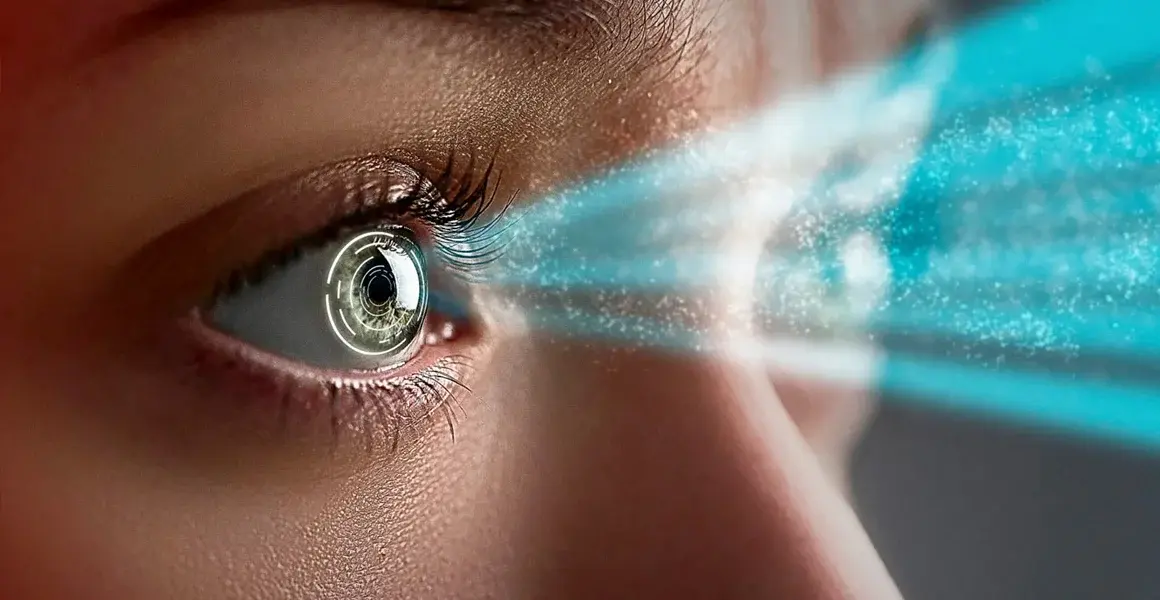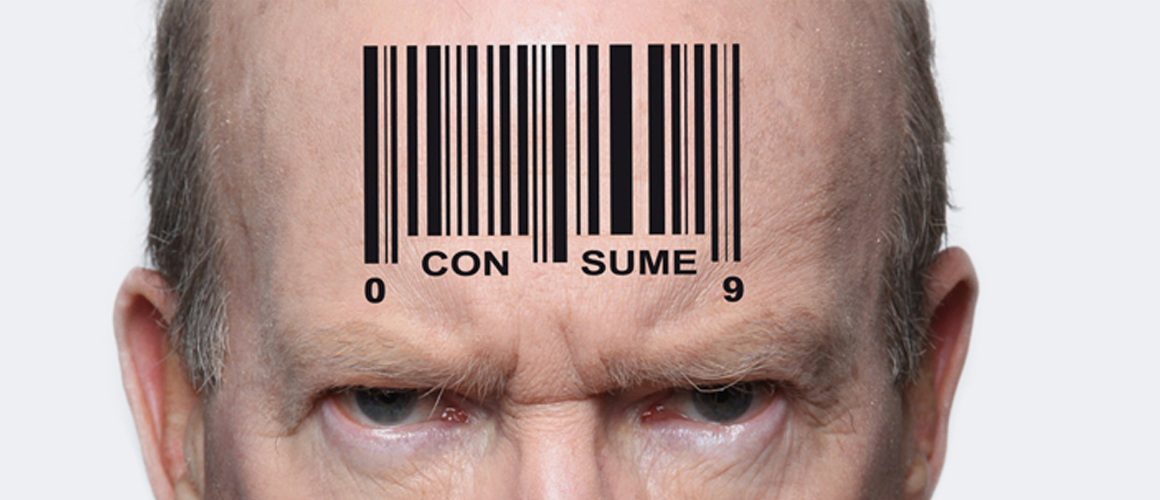Thinking on Consumer Perception with Neuromarketing
With the developing technology, it is now very easy to reach the consumer. However, the consumer is exposed to thousands of messages a day through many means from social media accounts to television. So how many of these messages can it detect? Ads that you think reach the target audience may be ignored...

With the developing technology and the increasing number of channels in the last 20 years, many ways have emerged to reach the consumer. The biggest result of this was the message bombardment that the consumer was exposed to.
According to Yankelovich Research's research, also cited by the NY Times, consumers are exposed to between 3,000 and 20,000 messages every day. The numerical range in the research varies according to what is included in these messages. But it is clear that the figures are much higher than a normal consumer can perceive.
Thus, the daily message density can reach up to 20,000 when the messages that the consumer notices or not, reach him from his e-mail address, the movies he watches, and even almost from a clothing tag. (Johnson, 2014) Of course, no brain can process this much data at the same time. This amount is much higher than our brain can consciously take in. (Zurawicki, 2010).
Statistically speaking
A consumer who sleeps 8 hours a day spends 57,600 seconds awake. Accordingly, the brain of a consumer who receives 5,000 messages per day is exposed to one message in 11.52 seconds. His mind is bombarded with data at 11 million bits per second. The memory of this consumer can only process 40-50 bits per second. This means that consumers are actually ignoring 10,999,950 bits of information. (Lee, 2014) This is why only a small portion of the messages actually reach the consumer.

Let's put ourselves in the shoes of today's consumers,
Imagine you are leaving the house to go grocery shopping. You will see many billboards while walking on the road. Not to mention the promotional advertisements in the market. It is impossible for your mind to perceive all the data it sees in this process at the same time. However, even if you cannot perceive them, the presence of these messages in the environment affects you and the brands.
In this dense message universe, even bringing the consumer together with advertising is a great media planning success. From this point on, you have to be even more careful. Because the brand should not bombard the consumer with a separate information in the same advertisement. Digital agency applications require a high level of awareness in this context. Otherwise, all these efforts will be in vain. We live in an ever-expanding visual culture universe that has long exceeded its physical dimensions. Trying to create a matryoshka effect from messages in this universe is not the right choice.
Today, internet users who want to protect themselves against data, with the influence of their experiences in the digital world, even have a behavior called 'Banner Blindness'. (Pagendarm and Schaumburg, 2001)
Maybe the banners that you have done the right media planning and assumed that the target audience sees are ignored due to excessive message density. Accordingly, when evaluated based on neuromarketing, the first thing to consider is how the target audience will notice the advertisement. Next is how to convey the message correctly. Neuromarketing says that “people are not thinking beings, they are beings who think but feel occasionally.” For this, it is very significant for brands to understand the working method of human consciousness in design and advertising and to proceed accordingly.